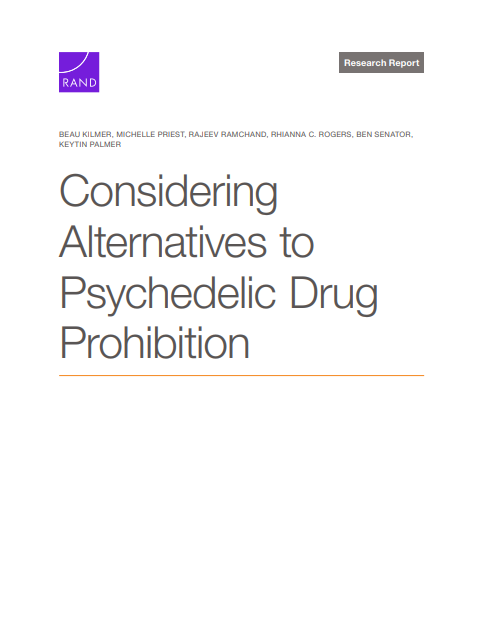By Hannah Feeney, Rebecca Pfeffer; et al.
Research has associated the impacts of COVID-19 with an increased rate of gender-based violence (GBV), including sexual assault/abuse, intimate partner violence (IPV), and sex trafficking (Nix and Richards, 2021; Piquero et al., 2021; UNODC, 2021; Wood et al., 2022). Research has also indicated that the nature of violence experienced during the pandemic was more severe (Jetelina et al., 2021). Under typical circumstances, survivors of GBV may experience a wide range of impacts as a result of their victimization, including negative physical, psychological, and psychosocial outcomes (Aldrich and Kallivayalil 2013; Black et al. 2011; Farley et al., 2004; Kilpatrick et al., 2007; Yuan, Koss, and Stone 2006). These effects of GBV can be immediate (e.g., lack of physical security, increased stress), long-lasting (e.g., increased risk of depression, anxiety), and cumulative across the lifespan (Yuan et al., 2006). . The COVID-19 pandemic may have amplified these impacts for victims1. Many of the factors that place individuals at increased risk for or exacerbate the impacts of GBV have also been documented as impacts of the pandemic, including housing instability, job loss or changes in job security, economic strain, new childcare responsibilities, lack of social support, and increased substance use, among others (Prime, Wade & Browne, 2020). For survivors of GBV navigating these amplified impacts, the presence of and services available through community-based victim service providers (VSPs) were and continue to be essential. At the same, pandemic altered normal social functioning in ways that significantly disrupted VSPs and the systems with which they interact and on which they rely. VSPs faced the competing needs of higher demand for services and a heightened call to follow public health guidelines to reduce the spread of COVID-19. Physical distancing, limitations on the number of people allowed in an enclosed space, and closures to infrastructure critical to service delivery (e.g., schools, courts, public transportation) in some areas impacted providers’ ability to meet victims’ needs. Although these efforts are effective in preventing the transmission of COVID-19, they create unique challenges for those supporting individuals experiencing or recovering from victimization. The resulting adaptations that VSPs made were immediate and necessary but also inspired innovation and modernization in service delivery, some of which was long-lasting and even overdue. This unique combination of circumstances presents a critical opportunity to understand the impacts of such service modernization on victims and VSPs, as well as the value of established practice models. The purpose of this study was to understand the impact of COVID-19 on service provision for victims of GBV in eight U.S. counties that vary in geography, urbanicity, and sociopolitical settings. This study includes a sample of eight county-level sites from four states, with one rural and one urban county from the western (Washington), southern (Texas), midwestern (Illinois), and northeastern (Massachusetts) regions of the United States. This study was guided by three main research questions: (1) How did local legal, policy, and cultural frameworks impact victim service provision during the COVID-19 pandemic, and how can policymakers better support VSPs in future crises? (2) How did the COVID-19 pandemic change VSP service delivery models and practices, and to what extent have those changes been successful or sustained in the long term? And (3) Were there patterns in the ways that victim services were impacted by COVID-19 based on victim or service provider characteristics, such as type of victims served, region, or number of staff?
Research Triangle Park, NJ: RTI International, 2023. 96p.





















